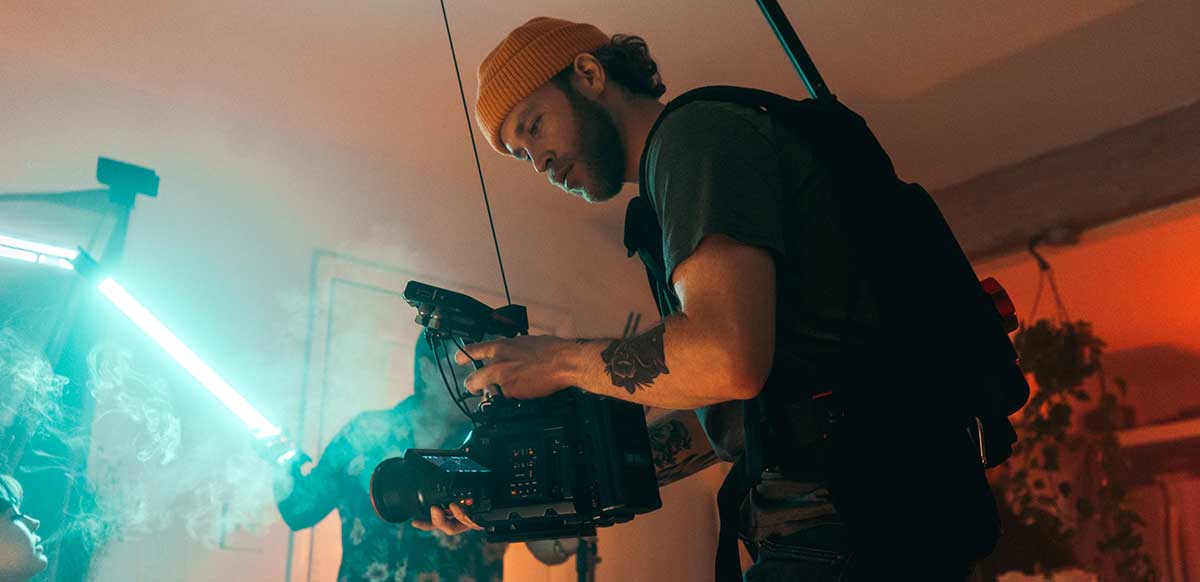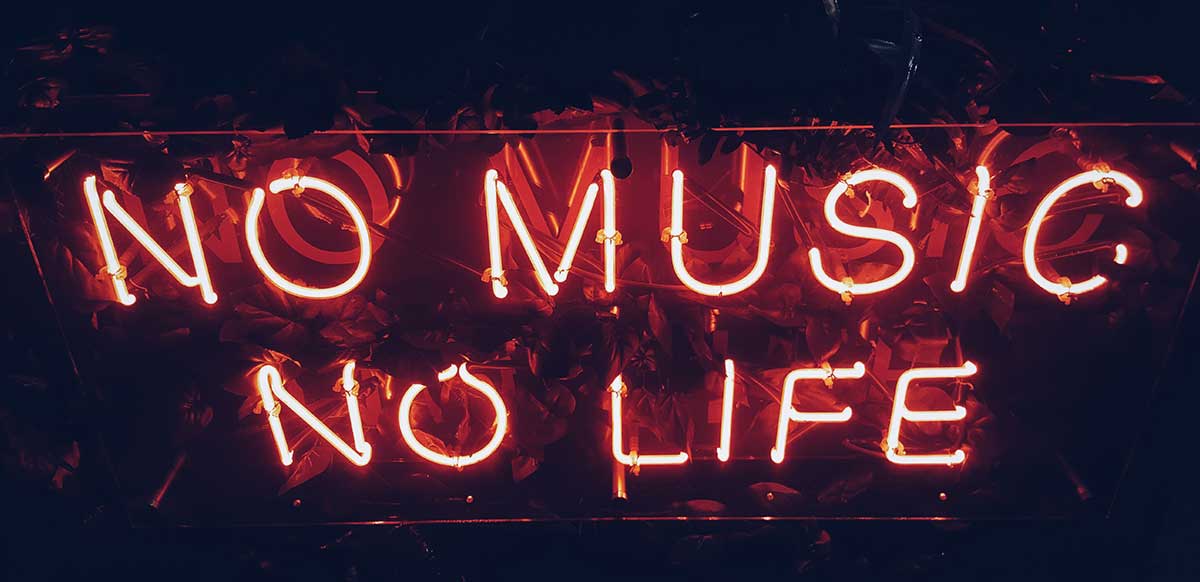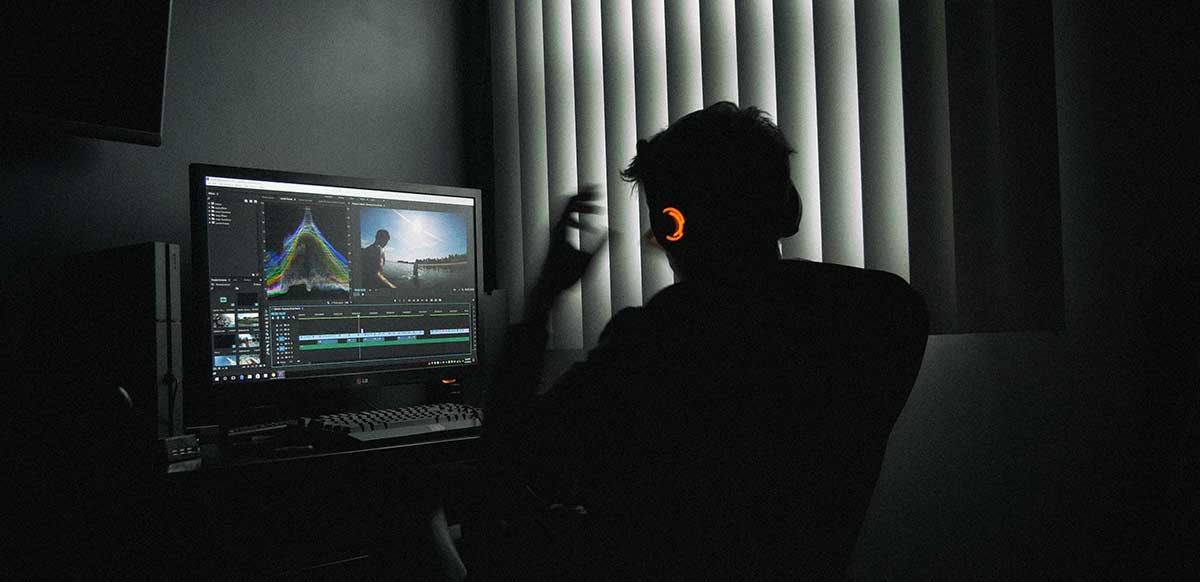Essential Film Production Tips for Filmmakers: A Comprehensive Guide
As a filmmaker, you know that every aspect of the filmmaking process contributes to the success of your project. From pre-production planning to post-production editing, each step requires careful consideration and expertise. In this blog post, we will provide you with essential film production tips that will elevate your filmmaking process. Whether you are a beginner or an experienced filmmaker, these techniques will help you create high-quality films that captivate your audience. Additionally, if you are in search of useful production music to enhance your project, we’ve got you covered. Let’s dive in!
Pre-Production Planning
The foundation of a successful film lies in thorough pre-production planning. Develop a compelling story, create a detailed script, and plan your shooting schedule meticulously. Consider casting, location scouting, and production design to ensure a seamless and efficient production process.
Here are 10 key elements to consider when approaching pre-production planning effectively:
- Story Development:
Start by developing a compelling story or concept for your film. This includes brainstorming ideas, creating a strong narrative structure, and fleshing out your characters. Determine the genre, themes, and tone of your film, as they will guide subsequent decisions. - Scriptwriting:
Once you have a solid story, craft a well-written script. Pay attention to character development, dialogue, and plot structure. Ensure that your script engages the audience and effectively communicates your intended message. Collaborate with scriptwriters or dedicate time to refining your script until it reaches its full potential. - Budgeting:
Determine the budget for your film and allocate funds to different departments accordingly. Consider various aspects such as location fees, equipment rentals, cast and crew salaries, production design, and post-production expenses. It’s crucial to strike a balance between achieving your creative vision and working within budget constraints. - Casting:
Identify and cast the right actors for your project. Conduct auditions or seek recommendations from casting agencies. Look for actors who can effectively portray the characters you have written and have the necessary skills and experience. Chemistry between the cast members is also essential, so consider conducting chemistry reads or rehearsals. - Location Scouting:
Scout potential filming locations that match the requirements of your script. Consider factors such as aesthetics, practicality, accessibility, and budget. Visit and evaluate different locations to ensure they align with your creative vision and logistical needs. - Production Design:
Create a visual style and design for your film. Collaborate with production designers to develop sets, costumes, props, and overall aesthetics that enhance the story and contribute to the desired atmosphere. Pay attention to color schemes, visual motifs, and period-appropriate details, if applicable. - Scheduling:
Develop a detailed shooting schedule that outlines when and where each scene will be filmed. Take into account logistical considerations such as actor availability, location availability, and equipment requirements. Aim for an efficient shooting schedule that minimizes downtime and maximizes productivity. - Crew and Equipment:
Assemble a competent and experienced crew for your production. Hire key personnel such as the director of photography, production manager, assistant director, and other essential roles based on the size and needs of your project. Secure necessary equipment, including cameras, lenses, lighting, and sound equipment, either through rental or purchase. - Permits and Legalities:
Obtain any necessary permits or legal permissions required for filming in specific locations or using certain equipment. Familiarize yourself with relevant industry regulations and legal obligations. This step is crucial to avoid legal issues and ensure a smooth production process. - Pre-visualization:
Consider creating storyboards or visual references to communicate your vision effectively to the cast and crew. Storyboards can help establish shot compositions, camera movements, and overall visual style. This visual roadmap will guide the cinematographer, production designer, and other team members during the production process.
Cinematography and Camera Techniques

Captivating visuals are crucial for any film. Mastering cinematography techniques such as framing, composition, and camera movements will significantly enhance the overall aesthetic of your film. Experiment with different angles, shots, and lighting setups to create visually stunning scenes.
Try this five techniques in your next film:
- Dolly Shot:
A dolly shot involves placing the camera on a moving platform, such as a track or a wheeled cart, to create smooth and fluid camera movements. This technique can be used to follow a character or object, adding a dynamic and engaging element to your shots. - High-angle Shot:
A high-angle shot is captured from a higher vantage point, looking down on the subject or scene. This technique can be used to convey vulnerability, power dynamics, or to create a sense of detachment from the subject. It offers a unique perspective and can be effective in emphasizing the environment or creating a sense of unease. - Steadicam Shot:
The Steadicam is a camera stabilization system that allows for smooth, handheld shots with minimal camera shake. It provides the freedom of movement and flexibility to follow characters through complex scenes, creating an immersive and dynamic experience for the viewers. - Dutch Angle:
The Dutch angle, also known as a canted or oblique angle, involves tilting the camera at an angle to create a sense of unease, disorientation, or tension. This technique can be used strategically to convey psychological states, surreal or dream-like sequences, or to visually represent a character’s perspective. - Long Take/Sequence Shot:
A long take or sequence shot is a continuous shot that lasts for an extended period, capturing an entire scene or sequence without any cuts. This technique requires precise coordination and planning but can create a sense of realism, immersion, and showcase the talent of the actors and the complexity of the scene.
Scriptwriting and Dialogue
Crafting a strong script with engaging dialogue is essential to captivate your audience. Pay attention to character development, plot structure, and pacing. Ensure that your dialogue is realistic and aligns with the tone and theme of your film.
Take a look at the following websites and utilise their resources to enhance your scriptwriting skills and develop stronger dialogue in your films:
- Writer’s Digest
www.writersdigest.com
Writer’s Digest offers a wide range of resources and articles on various aspects of writing, including scriptwriting. They provide tutorials, tips, and guides on crafting compelling dialogue, creating engaging characters, and structuring your screenplay effectively. - ScreenCraft
www.screencraft.org
ScreenCraft is a platform dedicated to providing educational resources for screenwriters. They offer articles, interviews, and online courses focused on scriptwriting and dialogue. You can learn from industry professionals and gain insights into the craft of writing for film and television. - The Script Lab
www.thescriptlab.com
The Script Lab is a popular resource for aspiring screenwriters. They provide tutorials, screenwriting guides, and analysis of famous scripts. Their website offers valuable insights into the art of scriptwriting, including crafting dialogue that engages and advances the story. - John August
www.johnaugust.com
John August is a renowned screenwriter and host of the “Scriptnotes” podcast. His website features a collection of articles, podcasts, and resources related to scriptwriting. You can find guidance on topics such as dialogue, character development, and the overall process of writing for the screen. - Script Magazine
www.scriptmag.com
Script Magazine is a publication dedicated to screenwriting and the business of writing. Their website provides articles, interviews, and tips on various aspects of scriptwriting, including dialogue techniques. They also cover industry news, screenwriting contests, and interviews with successful screenwriters.
Film Budgeting

Managing your film budget effectively is vital, especially when working on a limited budget. Plan your expenses carefully, allocate funds to different departments, and explore cost-effective options without compromising on quality. Prioritize essential elements such as production design, cinematography, and production music.
As film budgeting is such an important part of the filmmaking process and can completely halt a production, you’ll want to understand this area inside out. Here are some useful resources to help you on your way:
- The Complete Film Production Handbook by Eve Light Honthaner:
This comprehensive book covers all aspects of film production, including budgeting. It provides detailed information and practical tips on creating and managing budgets for various types of projects. - FilmBudget.com (www.filmbudget.com):
This excellent website is an online resource specifically focused on film budgeting. They offer budget templates, tools, and consulting services to assist filmmakers in creating accurate budgets. Their website also features articles and guides on film budgeting best practices. - StudioBinder (www.studiobinder.com):
StudioBinder is a production management platform that offers a range of tools for filmmakers. Their budgeting feature allows you to create detailed film budgets, track expenses, and collaborate with your team. They also provide educational resources and templates to help you streamline the budgeting process. - Film Independent (www.filmindependent.org):
This organization supports independent filmmakers and offer resources and workshops on various aspects of film production, including budgeting. Their website provides access to articles, guides, and templates related to budgeting for independent films. - No Film School (www.nofilmschool.com):
Popular among many filmmakers who are starting out, No Film School offers a wealth of resources for filmmakers. They cover a wide range of topics, including budgeting. You can find articles, interviews, and tutorials that provide insights and strategies for effective film budgeting. - Film Budget (www.filmbudget.com/blog):
This excellent blog is a dedicated resource for film budgeting. It features articles, case studies, and interviews with industry professionals sharing their experiences and insights on budgeting for various types of films.
Film Equipment
Choosing the right equipment is crucial for capturing high-quality footage. Research and invest in the appropriate cameras, lenses, lighting, and sound equipment that align with your project’s requirements. Take advantage of advancements in technology to achieve professional-grade results on a budget.
As there are so many articles out there on getting the right gear for the right budget, we’ll just point you to YouTube where you can find thousands of videos reviewing equipment. Just remember, you can do a lot more on your current equipment than you think (including your phone depending on where your film is going).
Production Music

And we couldn’t forget one of the most important aspects of filmmaking could we!? Music plays a really significant role in setting the tone and enhancing the emotional impact of your film. When searching for production music, consider the mood, genre, and tempo that best align with your scenes. Music libraries like this one can help by providing you with lots of options, or even better, work directly with a composer (like myself) to create original compositions that complement your film’s narrative.
Look through our music collections if you’re looking for something in a particular genre or style.
Sound design
Sometimes, music doesn’t need to take the centre-stage for the audio side of things, sound design (and foley of course, which refers to the natural sound effects you hear around you like birds tweeting, footsteps and the hum of traffic) can be just as powerful. Pairing together with someone who is an expert of shaping sounds can be especially useful when making films in the horror, thriller and sci-fi genres and sometimes you can find a composer who is well-versed in both skills meaning the two can blend perfectly.
If you’d like to go it alone, then here are five useful techniques to put your own interesting and unusual sounds together:
- Foley Artistry
Foley artists specialize in creating sound effects using everyday objects. They can generate unique and unexpected sounds by manipulating and interacting with various props. For example, to recreate the T-Rex scream in Jurassic Park, they used the scream of a baby elephant and pitched down a bunch of other natural sounds. - Experimental Instrumentation
Explore unconventional musical instruments or experiment with traditional instruments in innovative ways. For instance, you can use a bowed saw to produce eerie and haunting sounds, or pluck the strings of a piano with various objects to create otherworldly tones. - Environmental Manipulation
Record and manipulate sounds from natural environments to create unique soundscapes. For example, you can capture the sound of water dripping in a cave, then layer and manipulate it to generate an eerie ambiance for a suspenseful scene. - Human Vocalizations
Experiment with human vocalizations to create distinct sound effects. By altering and manipulating vocal sounds, such as whispering, humming, or growling, you can produce unsettling or otherworldly effects. For instance, by distorting and layering human screams, you can create eerie and intense horror film soundscapes. - Object Manipulation
Transform everyday objects into sound-making tools. By exploring different ways of striking, rubbing, or manipulating objects, you can generate unique sounds. For instance, tapping a wine glass with a wet finger can create ethereal and glass-like tones.
Post-Production Editing

The editing process can greatly impact the final outcome of your film. Mastering the art of editing by selecting the best takes, refining pacing, and creating seamless transitions is considerably THE most important part of filmmaking as it can shape your story entirely. Experiment with color grading, visual effects and pacing to get the right feel, although hiring in a professional editor is recommended as it can truly transform your film if you have the budget.
Mastering the art of film production requires attention to detail and a deep understanding of the filmmaking process and it’s only through trial and error and practice that you’ll really understand the medium. Try implementing some of these film production tips and see how you go. Whether it’s pre-production planning, cinematography techniques, scriptwriting, music, sound design or post-production editing, each aspect contributes to creating impactful films.
Additionally, don’t forget the power of production music in enhancing the emotional impact of your work. Explore the vast array of options available and choose the perfect music that resonates with your film’s vision. Start implementing these techniques today and witness the transformation of your filmmaking journey.
Please note, some blog posts may contain affiliate links to products. If you click on them and decide to buy the product, we earn a small commission which helps us support our work creating posts like this and videos etc. Thank you for your support!





Let us know what you're thinking